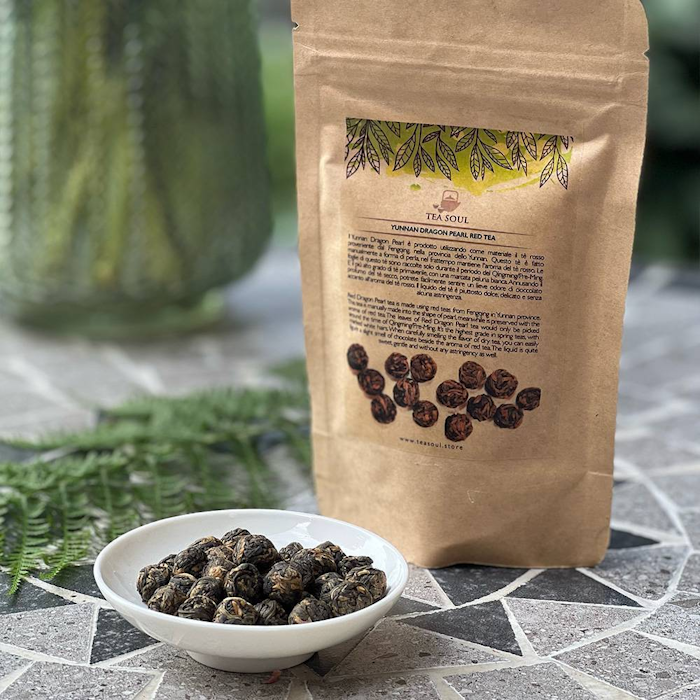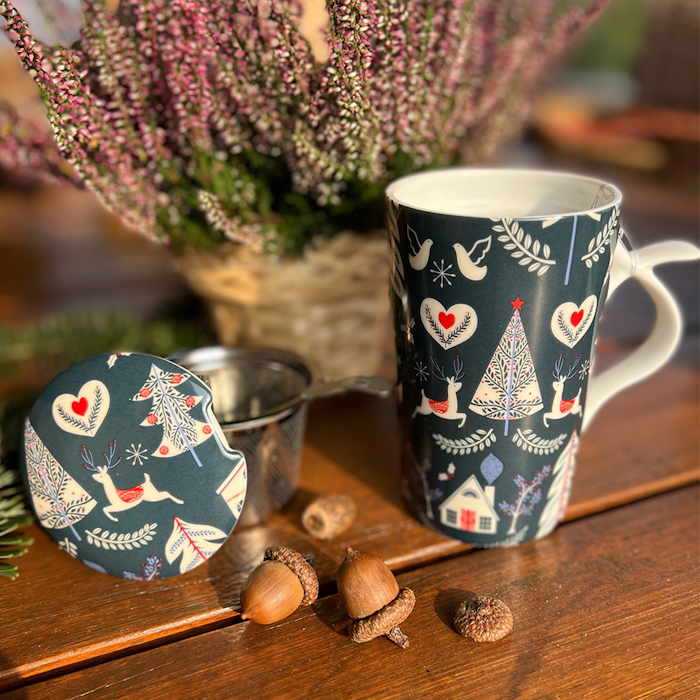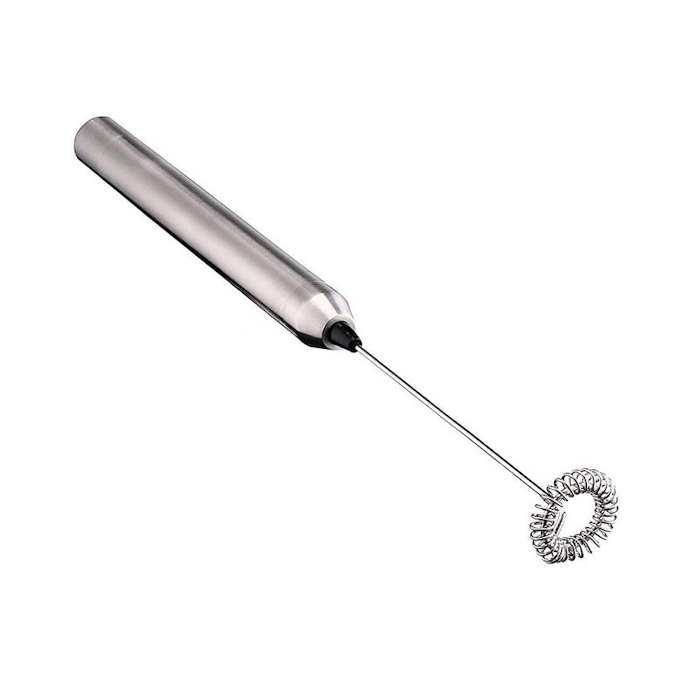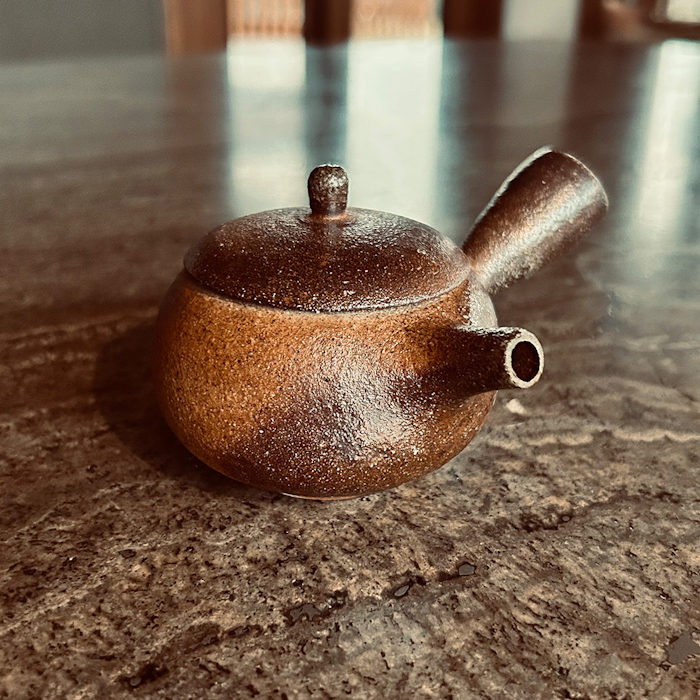The leaves of the puer sheng tea Yi Pin Shi Tuocha 2013 come from the village of Bohai located in southern China. To go about framing the category of puer teas, we need to go into more detail about the area where these teas grow since in most cases it is the area itself that gives each tea its distinctive name.
In our case we are in the eastern part of the Yunnan region (famous precisely for puer production) in an autonomous prefecture called Xishuangbanna. Here, in the Menghai region this Tuo (bowl form) was produced in 2013 by the Yi Pin Tang factory. This information indicates to us that this tea came through a factory that will have used a precise recipe to create this product, with the selection of leaves and buds being quite small and unusual for a puer.
The fact that this tea is a few years old can be felt almost immediately by tasting it, because we can already sense how many flavors have structured and tied together to form a character that is complex to decipher. Indeed, at first we immediately find a well-structured body that is followed by a slightly citric flavor with young wood. As we go on, we find in the aftertaste a sweetness that begins to linger very much in the throat and then pervades our palate as well, while a more sparkling and mineral flavor appears. This tea presents a really interesting development in its infusions, and for this reason we invite you to take a moment of calm in order to savor all this richness.
Tasting - Sight and Smell
Tasting Notes
Location of origin
Bohai, Menghai - Yunnan, China
Production of puer sheng tea Yi Pin Shi Tuocha
After harvesting, the leaves are left to wither in the sun for a certain amount of time depending on the producer before moving on to the oxidation blocking stage, which is purely similar to that used to produce green teas. The particularity in this case lies in not heating the leaves as much as is done for a green tea so that certain enzymes are preserved that will modify the flavors over time. Once the leaves are cooked, they are allowed to rest overnight before concluding the drying process in the sun. This produces maocha, a basic green tea that will then be pressed in order to promote better transport and aging conditions. To press the leaves, they are invested by a strong jet of steam that is able to soften them externally without varying their internal moisture, and once this state is reached, it is enough to put them in a sack and close it very tightly around them to give the desired shape. To ensure that this structure remains fixed over time, the sack is left for hours under a stone or mechanical press while the leaves lose that vapor with which they had been in contact in the previous stage.
Preparation
We strongly recommend infusing puer sheng Yi Pin Shi Tuocha tea in the traditional Chinese method (gong fu cha) with a gaiwan with a capacity of about 150 ml. By following this preparation, multiple infusions can be made with 5 grams of leaves that are useful to best capture all the flavor nuances of the tea.
Heat the water to a temperature of 90°C: proceed to briefly rinse the leaves and then to an initial infusion of 20 seconds. Keeping the water at the same temperature, you can then continue to exploit the same leaves by adding more water and increasing the infusion time by 5 seconds each time (20 - 25 - 30...).
This tea has a longevity of 8-10 infusions.
For a more classic preparation in the Western style, we recommend 2.5 grams of leaves in a 200 ml cup with water at 90°C for an infusion time of 2 1/2 minutes.
For a better tasting experience, we suggest that you strain the tea as soon as the infusion time is over. The infusion times we suggest can be slightly modified to your liking to achieve a more or less intense taste.
We recommend storing in a cool, dry place away from direct sunlight.
Black Friday 50




























































